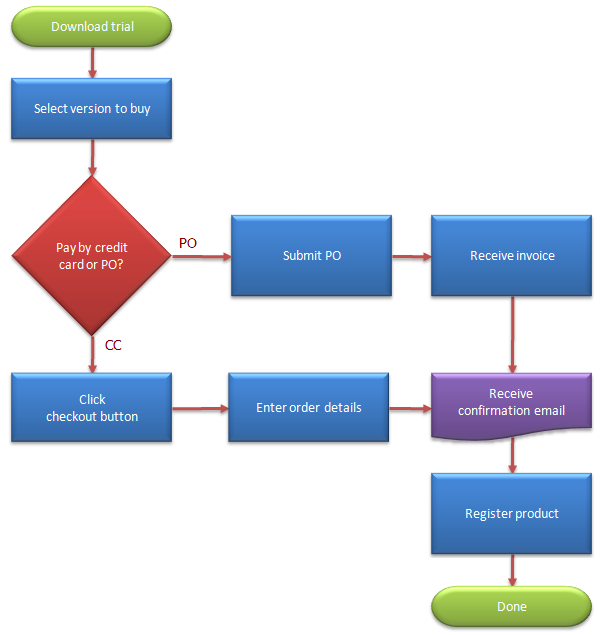MMPR30025: Client Project
Assigned Project Brief
Project Brief: (Prepared by: One Nottingham: You
ng Creatives Awards 2014 general@onenottingham.org.uk.)
The theme for the Young Creative Awards 2014 is:
Nottingham Loves…
What is it that you think
Nottingham Loves… and what do you love about
Nottingham? There are many great things about the city and through this
competition; you can share what you love with others.
Nottingham loves young people… because it is a young city. Nottingham loves art
and culture, its history and style, cricket, its communities, diverse, new and
established, its parks and wildlife. Nottingham loves creative people, fashion, and
comedy, and music. The list is huge, but it is up to you to show us what you think
Nottingham and Nottingham people love.
You can enter any of the categories listed below in order to stand a chance of
winning prizes, gaining recognition at a prestigious show case event and featured in
the local press. Entering the competition gives you access to creative industry
specialists, writers, designers, film-makers and many more.
The awards recognise the talent and imagination of young people.
You are invited to submit a piece(s) of your creative work which could highlight
aspects of what you love about Nottingham? What would you love Nottingham to be
celebrated for? Be as creative, unique, experimental and expressive as you like
within the categories of your choice based around the theme. The most successful of
past winners have not only been creative but they have met the brief and have given
us a new way of seeing Nottingham.
To enter the Young Creative Awards, make yourself heard by creating something
that you can give your voice to and become part of a showcase of young creative
talent here in Nottingham. Just show us what you see in the theme: –
Nottingham Loves…
Nottingham Loves… categories for 2014:
• Architecture and Design
• Animation and Digital Media
• Creative Writing
• Dance
• Fashion and Textiles
• Film
• Graphic Design
• Music
• Photography
• Visual Arts
NTU Multimedia requirement:
BACKGROUND / OVERVIEW:
The Nottingham Young Creative Awards competition is gaining recognition by
creative businesses in Nottingham. The awards are an opportunity for young people
to showcase their creative work, network with future employers, and gain valuable
industry experience. Entries also have a chance of winning fantastic cash prizes, and
exhibit work, as well as an opportunity to gain work experience and mentoring.
The Nottingham Young Creative Awards is a search of the best young talent
Nottingham has to offer.
The entry age of the competition is usually 13-24. As a course we recognise that
some of our students are outside this age range. Although we would like students to
enter this competition when the competition closes in March 2014 it is not a formal
requirement of the brief that students enter and we, as a course think the benefits of
working on a live brief are more significant than the specific age entry requirement.
The Multimedia team will be awarding prizes to the top three student projects as
voted for by the staff team.
First Prize = Token to the value of £100
Second Prize= Token to the value of £50
Third Prize = Token to the value of £25
Project Submission elements
-A digital artefact that creatively responds to the ‘Nottingham Loves” brief.
The precise nature of your individual project is for you to determine and to discuss
with your project supervisor. The project concept that you present in week 13 is the
project we expect to be submitted in week 19
We would expect the chosen category to represent your expertise and not merely be
an opportunity to show an interest that you might have. (Assessed Learning
Outcomes: LO3, LO4)
-A digital workbook/project file. This should include your conceptual research;
design research drawings, sketches, prototypes, design iterations; target audience
research and test results; 1000 word evaluation and self-evaluation form. (Assessed
Learning Outcomes: LO1, LO2)
-A digital version of the tutor signed ethical checklist
WHAT IS THE CONCEPT OF THE PRODUCT?
It is important that the senses and emotions are triggered through engaging with
your digital artefact.
Your final submitted product should be evidence of a concept that is articulated
through the design of a digitial artefact. The job of the artefact is to convey the
narrative of that concept. For example your concept might be ‘play’, ‘attitude’,
‘music’, or ‘modesty’.
This concept should be clearly conveyed with conviction, detailed research and digital
prototypes.
TARGET AUDIENCE
You should identify a specific target audience for your product, ‘Nottingham
Residents’ isn’t specific enough. Evidence of testing of your targeted audience should
be submitted in your project workbook.
The most important element is that your product should clearly be designed to speak
to your target audience in their language.
PLEASE SEE MODULE GUIDE FOR PROJECT MILESTONES AND DEADLINE DATES
THE END









_2_large.jpg)












